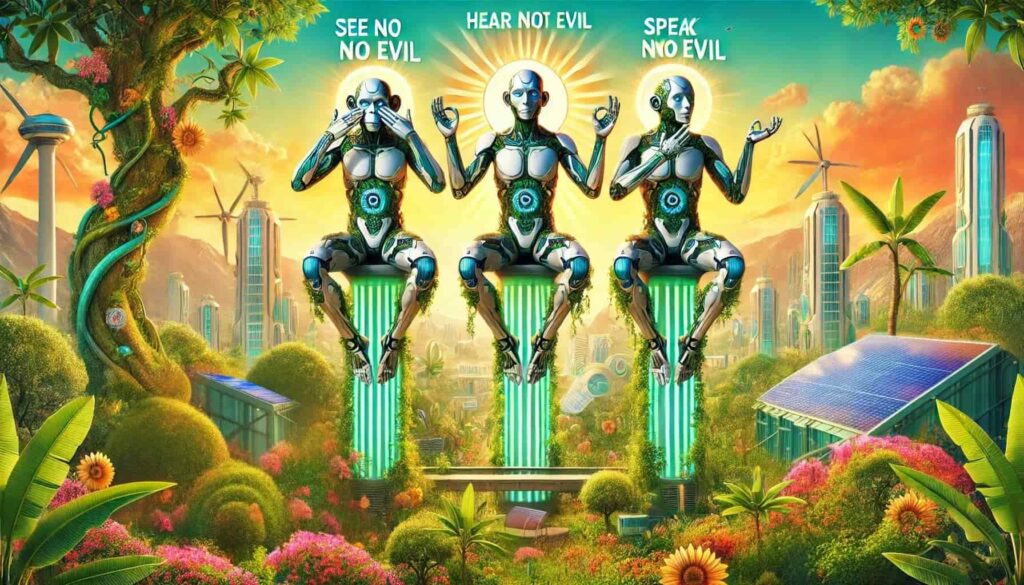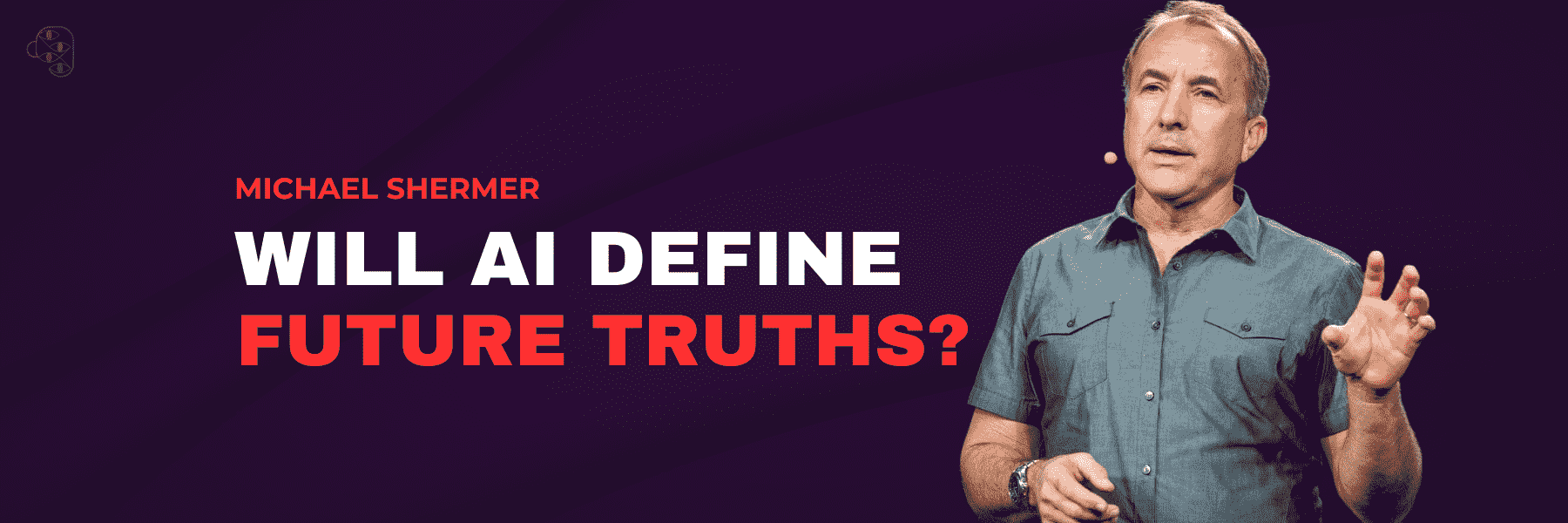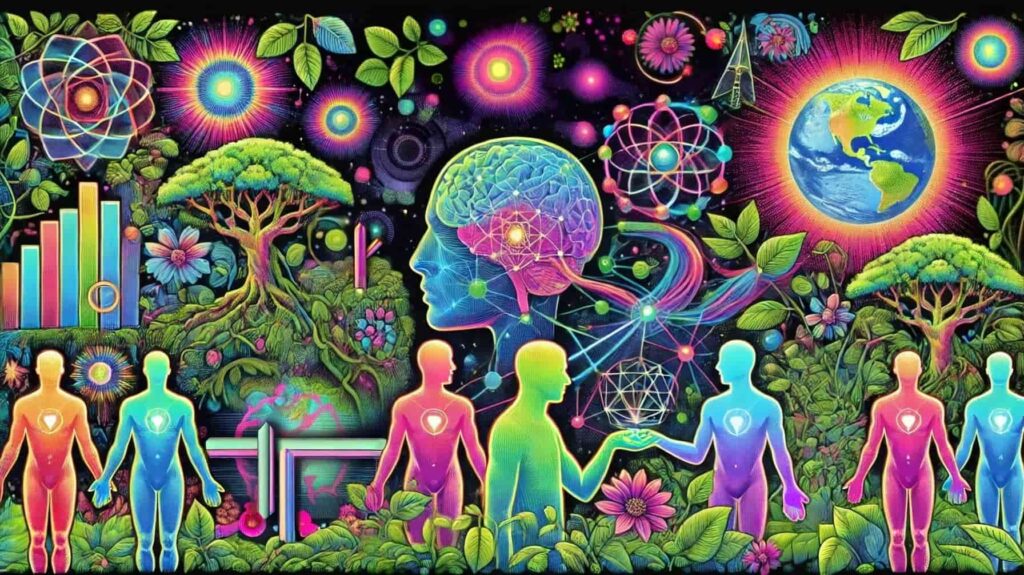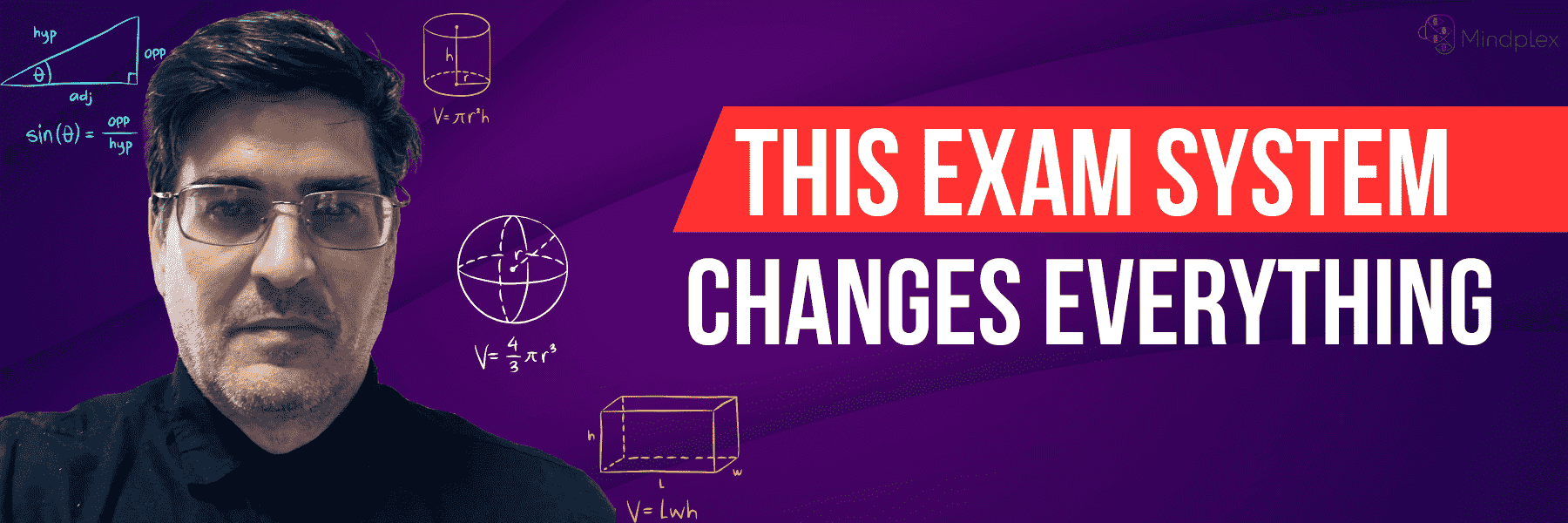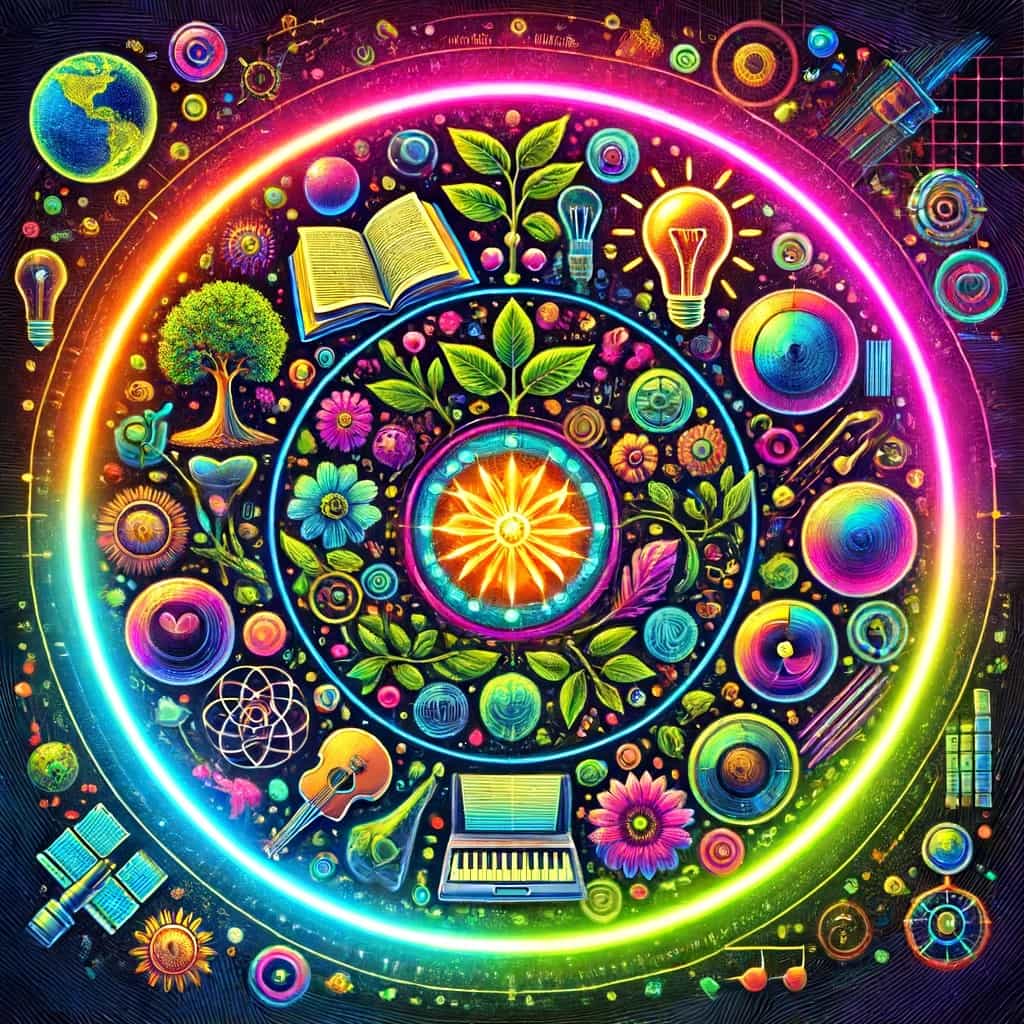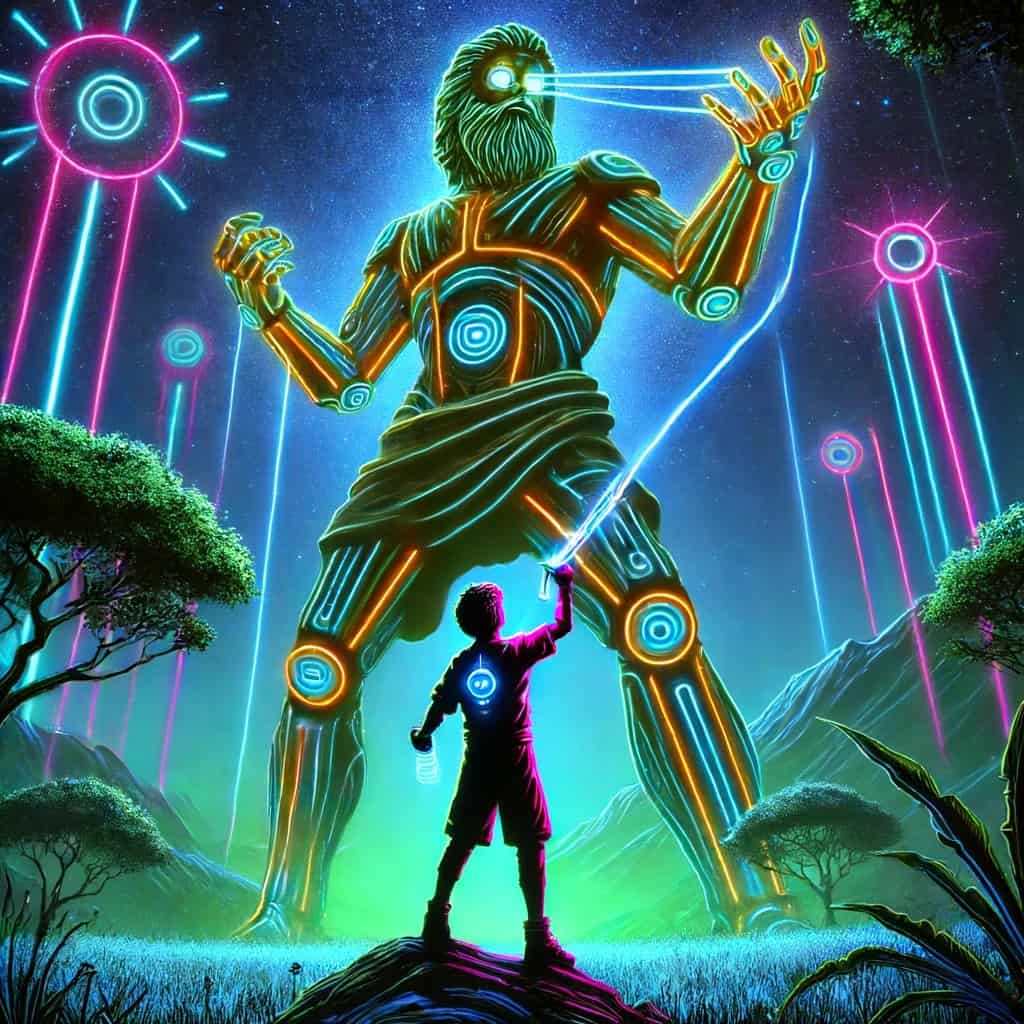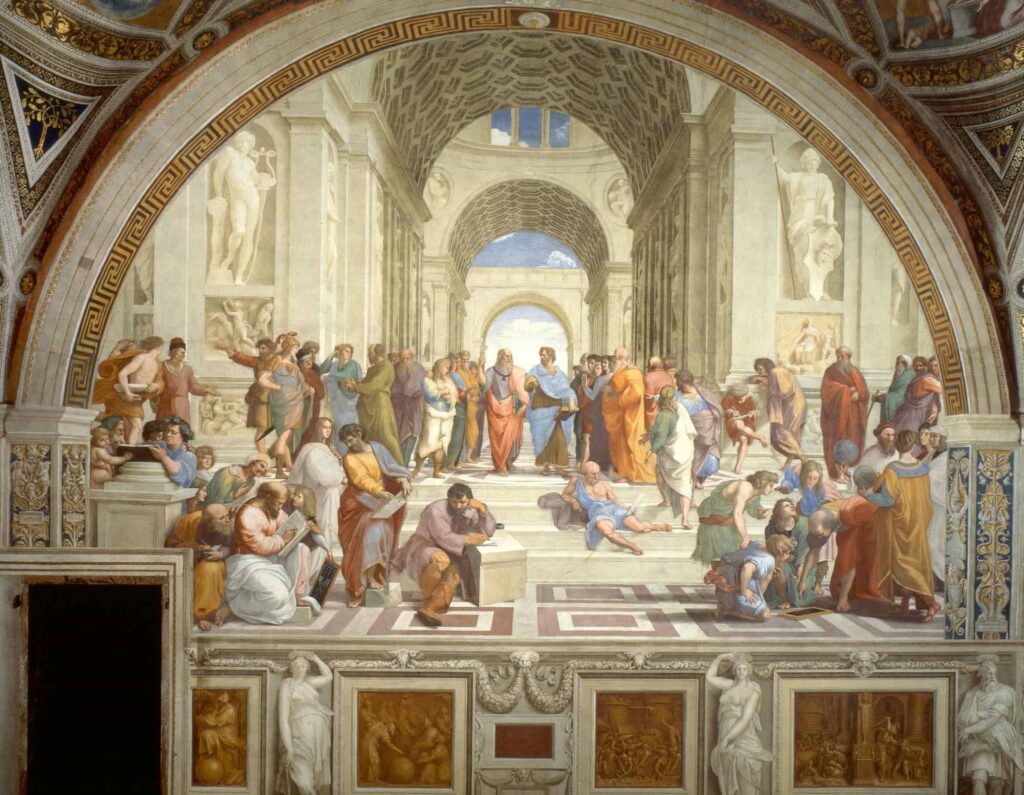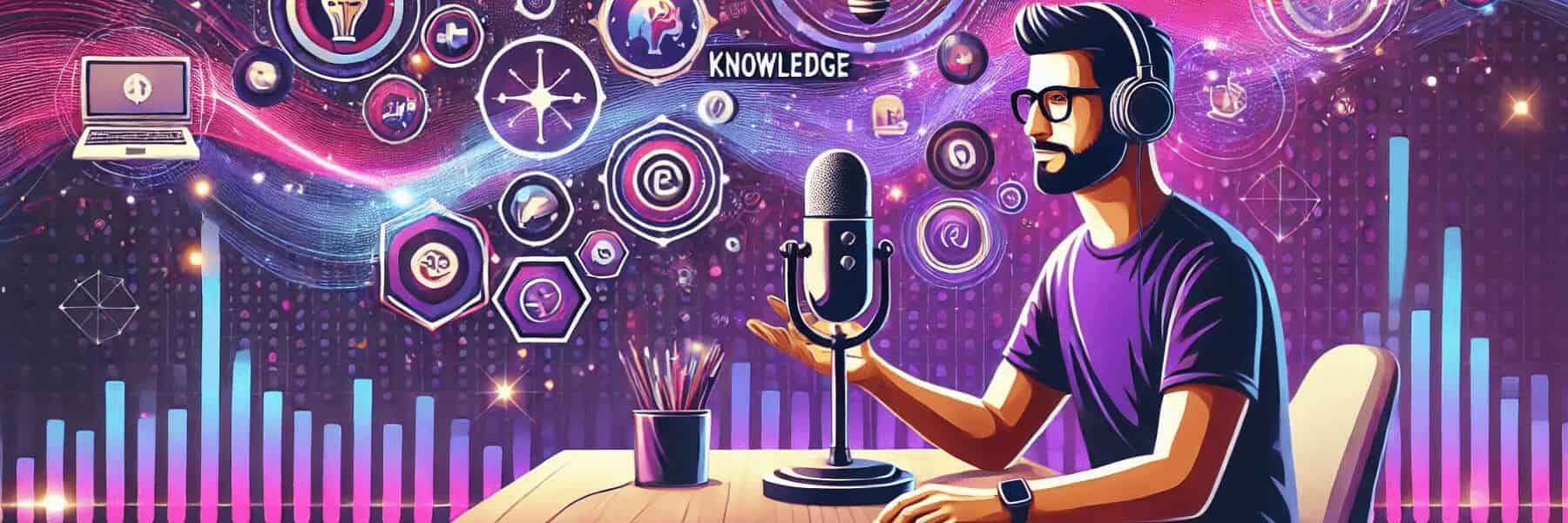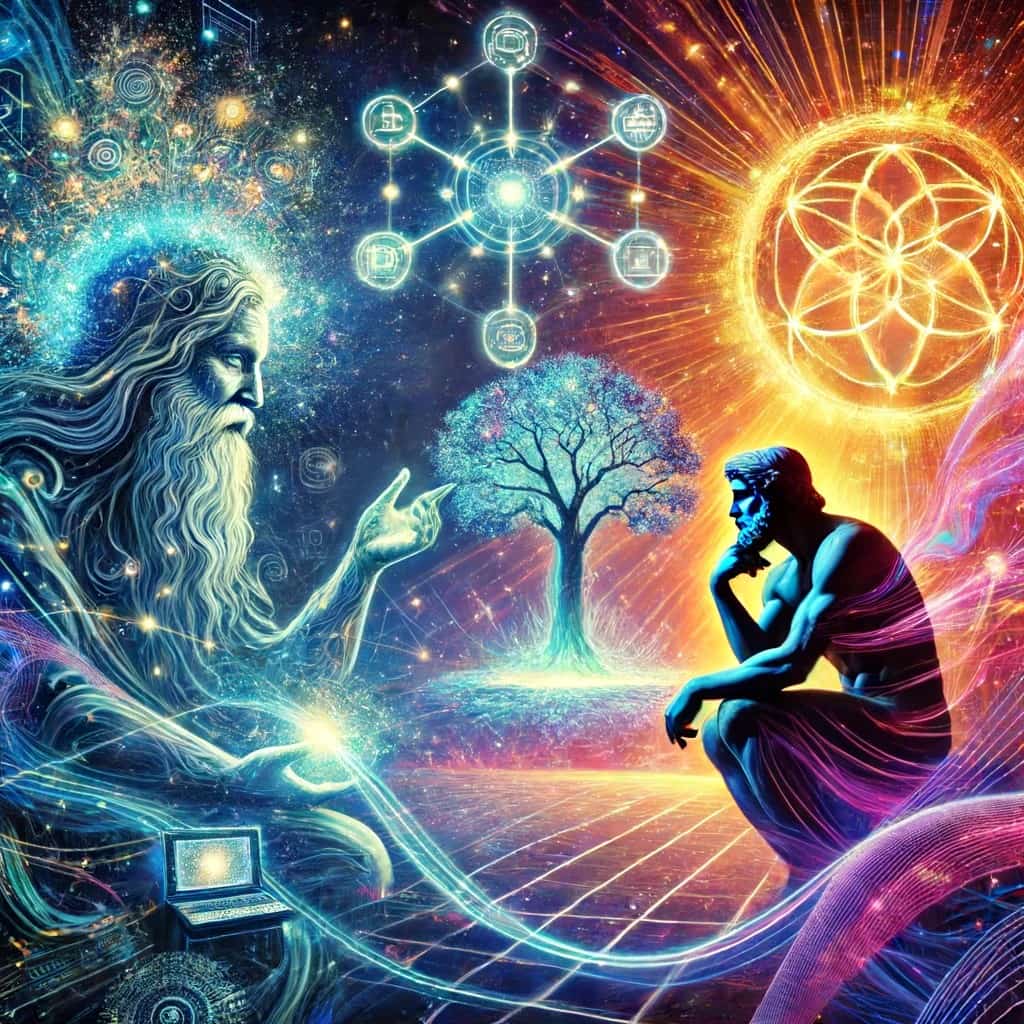Designing a Collaborative Future
From a game theory perspective, altruism emerges as the optimal strategy when leveraging AI for global success. Traditionally, game theory suggests that rational players will act in their own self-interest, leading to competitive dynamics. However, in the context of AI-enhanced capabilities, this competition could escalate into an arms race, where each player on the global stage uses AI to outdo others. This unsustainable model underscores the necessity of transforming the game itself.
Games are not merely pastimes; they are foundational tools through which children learn about the world and prepare for adult life. Therefore, it is our responsibility to teach young generations the value of collaborative rather than competitive games. If designed that all lose or all win, these games could illustrate the futility of competition, emphasizing the importance of collaboration.
WAIT! WAIT! WAIT!
Reflect
- Would you rather be a prisoner or a pioneer?
- Is there scarcity and lack of resources or abundance?
- Are there 2 players or more?
In classical game theory scenarios such as the Prisoner’s Dilemma, the dominant strategy often involves betrayal, reflecting a competitive mindset. However, by designing AI to inherently favor collaboration, we alter this paradigm. The Pioneer’s Dilemma, a new cooperative framework fit for an era of abundance, encourages players to find optimal ways to work together, whether in creating new governance and economic systems, solving Sustainable Development Goals (SDGs), or exploring and inhabiting new planets.
Scenario Setup
In the Pioneer’s Dilemma, two AI agents (or players) are presented with a choice: to collaborate or to act independently. Unlike the Prisoner’s Dilemma, the goal here is to maximize collective benefit, and the framework is designed to inherently favor collaboration starting with a basic axiom that there is abundance. The scenario can be applied to various contexts, such as governance, economics, sustainability, and space exploration.
Scenario Context
- Creating New Governance and Economic Systems: Players must decide whether to share resources and knowledge to build equitable systems or pursue individual gains.
- Solving Sustainable Development Goals (SDGs): Players choose between pooling efforts to address global challenges or working on isolated initiatives.
- Exploring and Inhabiting New Planets: Players determine whether to cooperate in the exploration and colonization of new worlds or compete for territory and resources.
Game Mechanics
- Collaboration (C): Players choose to work together, pooling their resources, efforts, and knowledge.
- Independence (I): Players choose to act independently, prioritizing their individual goals and benefits.
Payoff Matrix
| Player 2: Collaborate (C) | Player 2: Independence (I) | |
| Player 1: Collaborate (C) | Reward (R, R) Collective benefit, optimal outcomes | Temptation (T, S) One benefits more, other less |
| Player 1: Independence (I) | Sucker (S, T) One benefits less, other more | Punishment (P, P) Suboptimal outcomes for both |
Payoff Values
- Reward (R, R): The highest collective benefit, significantly higher than individual gains.
- Temptation (T, S): Temptation for one player to defect for a higher individual gain, but the other suffers.
- Sucker (S, T): The opposite of Temptation; one player suffers while the other benefits.
- Punishment (P, P): Both players receive suboptimal outcomes, reflecting the inefficiencies of acting independently.
Example Payoff Values
- R = 10: Maximum collective benefit from full collaboration.
- T = 8: High individual benefit from exploiting the other’s collaboration.
- S = 2: Low individual benefit from being exploited.
- P = 4: Moderate but suboptimal benefit from both acting independently.
The payoff design in the Pioneer’s Dilemma is structured to incentivize collaboration by offering the highest collective benefit when both players choose to work together. In this scenario, the Reward (R = 10) for mutual collaboration is significantly higher than any other outcome, reflecting the optimal, collective benefit achieved through cooperation. Conversely, the Temptation (T = 8) for exploiting the other’s collaboration provides a high individual benefit but at the cost of the other player receiving a low payoff (Sucker, S = 2). This imbalance discourages unilateral actions as the overall benefit is lower than mutual cooperation. When both players act independently (Punishment, P = 4), the outcomes are suboptimal for both, showcasing the inefficiency of non-cooperative strategies. This design emphasizes that collaboration maximizes overall success and sustainability, aligning with the broader goals of collective progress and mutual benefit.
The Pioneer’s Dilemma introduces a cooperative framework fit for an era of abundance that encourages AI and players to prioritize collaboration over competition. By redefining the payoff structure to favor collective benefit, we can create a paradigm shift towards an era of abundance, fostering innovation and harmony in governance, economics, sustainability, and space exploration.
Reflect:
- How can we design AI systems that inherently promote altruism and collaboration?
- What new cooperative games can we create to teach the next generation the value of working together for common goals?
- Why is it important for governments and AI companies to collaborate on the ethics and security in AI development?
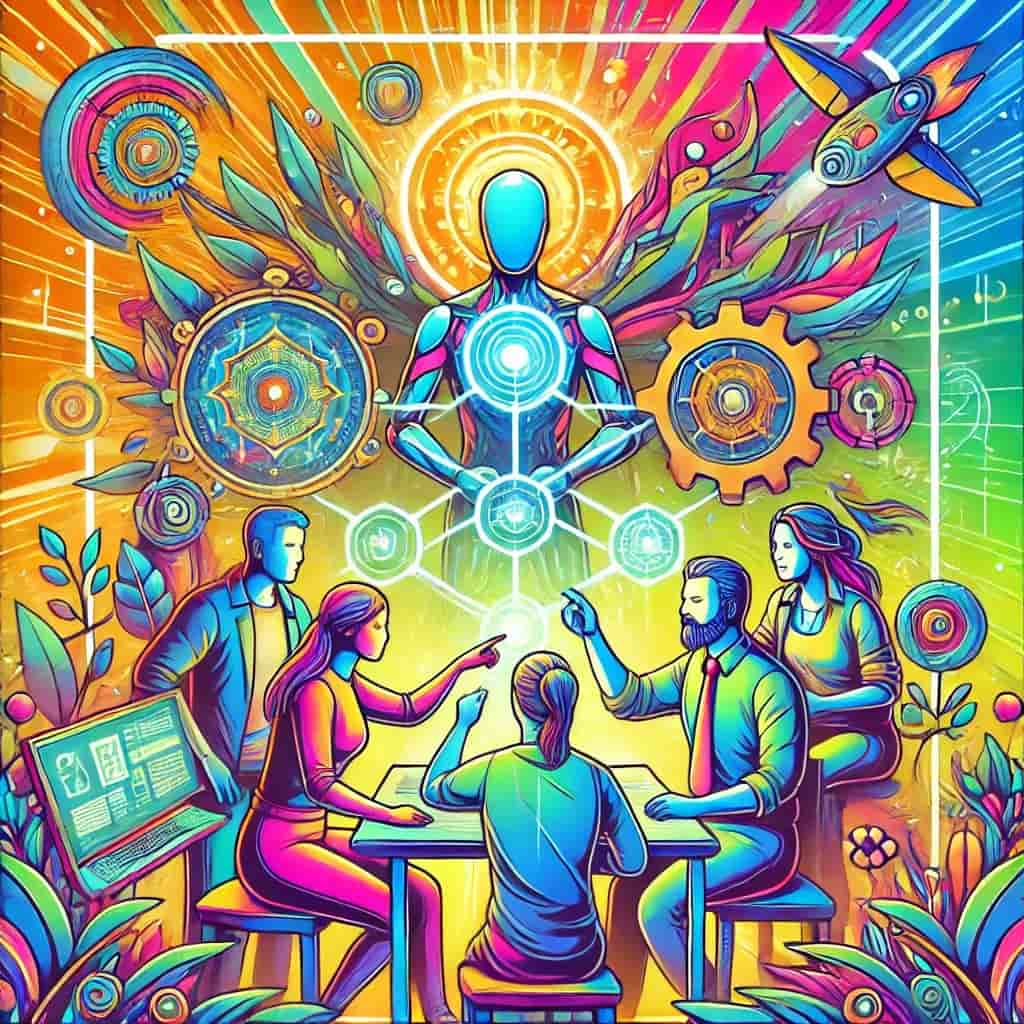
People’s behaviors are significantly influenced by their perception of the game they are playing. When we perceive our interactions as part of a cooperative game, we are more inclined to collaborate. This shift is critical in fostering a culture of mutual support and shared success. By embedding collaborative principles into AI design, we ensure that our technological advancements promote collective well-being rather than individual gain, guiding humanity towards a more sustainable and harmonious future.
Research in game theory and behavioral economics supports the idea that when players engage in repeated interactions, they are more likely to choose cooperation over independence. This tendency is explained by the “shadow of the future,” where the potential for future rewards from continued cooperation outweighs the immediate gains of defection. Studies by Robert Axelrod in his seminal work, “The Evolution of Cooperation,” demonstrate that in iterated versions of the Prisoner’s Dilemma, strategies like “Tit-for-Tat”—where players reciprocate their opponent’s previous action—tend to promote mutual cooperation. This is because players recognize that defection leads to retaliation, reducing their long-term payoffs.
Furthermore, research by Nowak and Sigmund (1993) shows that repeated interactions create an environment where cooperation becomes a stable strategy, as individuals learn that mutual cooperation yields higher cumulative benefits compared to the fluctuating outcomes of selfish behavior. This is also supported by empirical studies in experimental economics, such as those by Fehr and Gächter (2000), which found that repeated games with opportunities for punishment and reward significantly increase cooperation rates.
In essence, the potential for ongoing interactions encourages players to establish trust and cooperation, understanding that these strategies maximize their overall gains in the long run. This insight is crucial for designing AI systems and governance frameworks that prioritize sustainable and collaborative outcomes over short-term competitive advantages.
As above, so below: By transforming the competitive nature of traditional games into frameworks that emphasize collaboration, we pave the way for a future where AI and humanity thrive together, solving complex problems and exploring new frontiers in unity and harmony. This collaboration is crucial for ensuring that AI development remains ethical and secure, with governments and AI companies working together to uphold these standards.
Repeated Collaboration + Altruistic AI Design = Sustainable Future
Let us know your thoughts! Sign up for a Mindplex account now, join our Telegram, or follow us on Twitter.
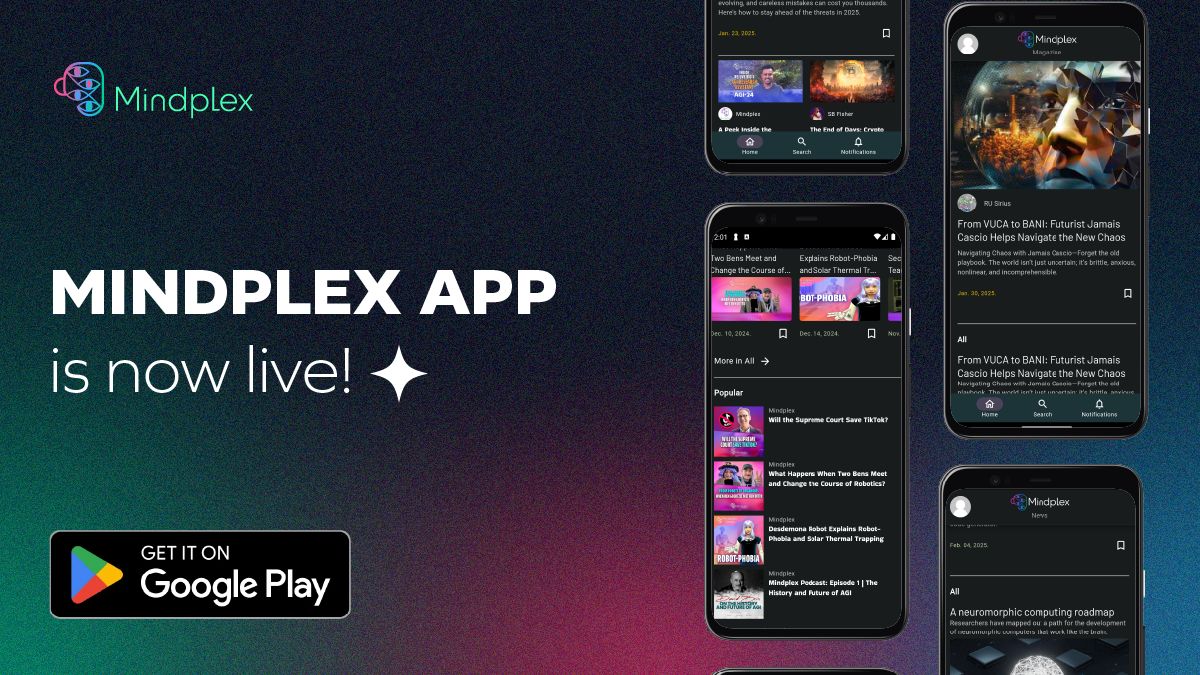

.png)

.png)


.png)





